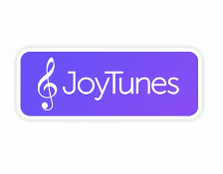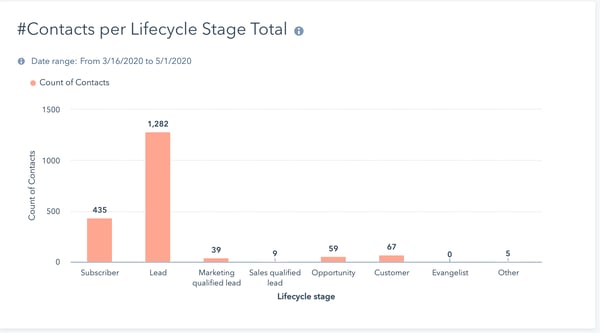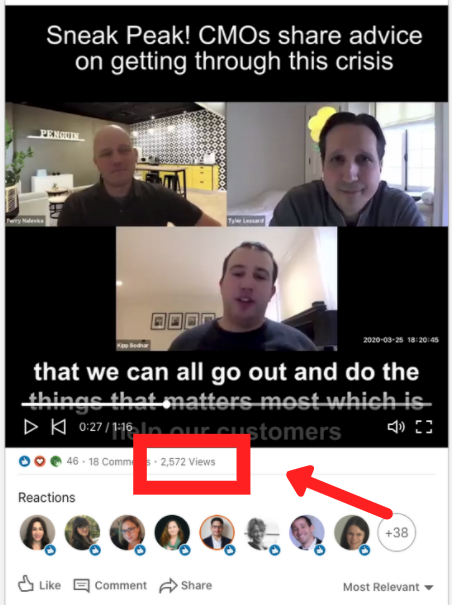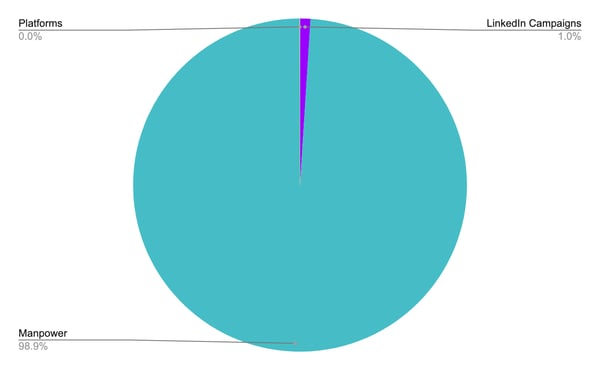Building a Virtual Event in Under 3 Weeks
How do you develop an initial idea into a thriving online event with a top lineup and over 1,000 registrants, all in under 3 weeks?
In March 2020, we were planning one of our regular Hubspot User Group meetups, when the full impact of COVID-19 suddenly struck. We all experienced a huge set back, offline events were canceled, budgets were being slashed, and people were losing their jobs. We knew that we couldn’t host a physical meetup in these circumstances, but we needed more than ever to come up with new strategies and give the marketing community a platform to share knowledge and ideas.
So we decided to take our offline event online and host a six hour virtual meetup aimed at sharing strategies to help marketers get through this crisis.
The timing was critical.
We needed to be agile and hold the event as soon as possible. Everyone in the world was now simultaneously facing the same challenge. We needed to respond instantly, so we set a date for just 3 weeks from the initial conception.
As with any successful marketing strategy, we identified our goals before putting together the event plan.Setting Ambitious but Realistic Goals
Our initial aim was to provide marketers with a platform to share their strategies and ideas of how to navigate through this crisis. However, our business goals also had to be aligned to our marketing goals, which were to gain a positive ROI, get brand recognition, generate leads and ultimately, close new deals.
To achieve any of these goals, we needed to generate top quality content from an expert lineup. We started by signing up Kipp Bodnar, CMO of Hubspot, and Vidyard’s CMO Tyler Lessard to talk alongside our CEO Perry Nalevka on how CMOs can survive in a panicked economy.
.png?width=1350&name=Untitled%20design%20(7).png) Our initial landing page
Our initial landing page
As we were working in such tight timeframes, we employed a lean methodology and created the initial landing page and adverts within 24 hours.
Marketing With Agility as the Event Gains Traction
After the first session was confirmed and promoted, everything started to move rapidly. We reached out to the GCMO team, an exclusive community of Israel's top CMO's from global companies, startups, and VC's, and secured our next couple of sessions on adapting management for remote teams and creating the new playbook on how to plan a virtual event.
They then promoted it to their contacts and the snowball effect really started to transpire. The more CMOs signed up to talk, the more the industry’s top marketing leaders understood that this was an event that they needed to be part of. Within the next few days, we’d also signed up a panel of VCs, a media expert, and more CMOs and business leaders. Hubspot, Vidyard, Kaltura, OurCrowd, AppsFlyer, Guardnox, Headline Media, and Ribbon were just some of the companies headlining the event.

Each time there was a change, we needed to quickly update the agenda, landing pages, and all of the adverts and promotional messages - agility here was key!
Eventually, we had an action-packed agenda with 10 sessions tackling the key challenges that COVID-19 has brought to marketers today and, more importantly, how we can work around them.
A key lineup was a very important component to the success of this event. However, we also needed to make sure as many people as possible knew this event was taking place.
Bringing in Nearly 1,282 NEW LEADS Through Cross-Channel Promotions
Although we had a top notch line-up, we had extremely tight time constraints. We needed to execute an aggressive marketing campaign to get the registrants in.
We ran multiple cross-channel campaigns through social media networks, email blasts, LinkedIn adverts, online videos, blogs and more. We implemented best practices such as optimizing subject lines and personalization on emails and creating engaging blog content to ensure optimal results. As a result, we got 1,282 new leads (1,016 of which were brought in organically) and extremely high engagement rates through our email campaigns (19,986 sent, 4,920 opened and 821 clicked through).
 Breakdown of New Contacts by Lifecycle Stage
Breakdown of New Contacts by Lifecycle Stage

Overview of emails sent
On top of our own promotions, we also encouraged our panelists to share the event on their social networks, and before long their contacts were also sharing information about the event. Once again, the snowball effect was working in our favor.
On the day itself, an unprecedented 77% of all pre-registrants (730 people out of 942) attended the live event. On average, webinars and virtual events have an attendance rate of around 44%, so this was a huge testament to the interest generated by this event.

LinkedIn video shared by Perry Nalevka, CEO at Penguin Strategies with 2,572 views
engaging and nurturing thousands of new leads
On top of bringing in 1,282 new leads, we also influenced 2,624 of our contacts by the promotions and content around this event, and immediately generated 65 MQLs.
Within six hours, we’d managed to engage with a number of leads that would normally take us weeks or months to get and push through the funnel.
And it’s still not over. We now have over 1,000 new leads to engage and nurture, which we’re doing through retargeting and email nurture campaigns. Learn about best practices to run your email nurture campaign here.
In terms of ROI, we spent approximately $38.62 per lead, taking into account internal manpower hours, advertising on LinkedIn, and platform costs.

Breakdown of Overall Investments
4 Keys to a Successful Marketing Event
Before starting the event, we set out clear goals for ourselves. We carefully considered how to generate leads and deals, create brand awareness, and create a platform for marketers to share ideas and strategies. Here are four keys that helped make this a success:
- Delivering the right topic at the right time. We put together an event with a topic that was important and extremely time-sensitive. This meant we had to adopt an agile methodology and work at a dynamic and fast pace. We didn’t sleep for three weeks but the results were worth it!
- Sharing high quality content from experts in the field. We started with a panel of known leaders and a strong topic. This immediately sparked interest and demonstrated to other key figures in the industry that this was an event worth participating in.
- Staying focused. It was crucial for us to ensure that we stayed focused on our target audience. We wanted to ensure that we were targeting the right people who would benefit most from the content and had the highest potential for conversion.
- Engaging influencers to share with their networks. We took advantage of the wide social networks of our panelists and our contacts and subsequently increased the scope dramatically.
We are currently offering a customisable gantt template to map out the crucial steps for planning a successful virtual event. Download it here, and with a few simple steps, you will have your project plan ready!
 If you need further help with planning your virtual event or running another marketing initiative? Talk to us
If you need further help with planning your virtual event or running another marketing initiative? Talk to us
.

by Shoham Eckhaus on April 23, 2020
As Chief Strategy Officer at Penguin Shoham leads client strategy and manages an internal team of Inbound Consultants. To get her strategy tuned she starts each morning with Yoga and a big smile :)





